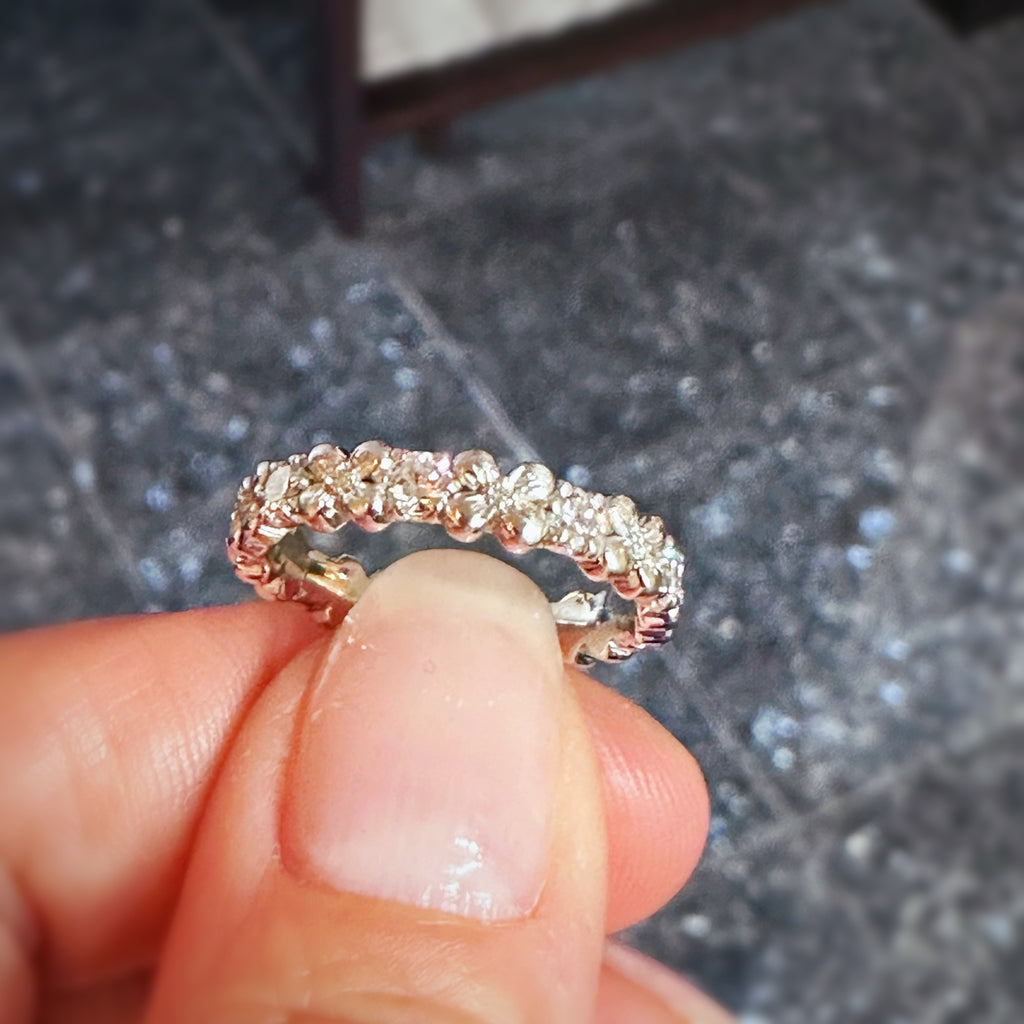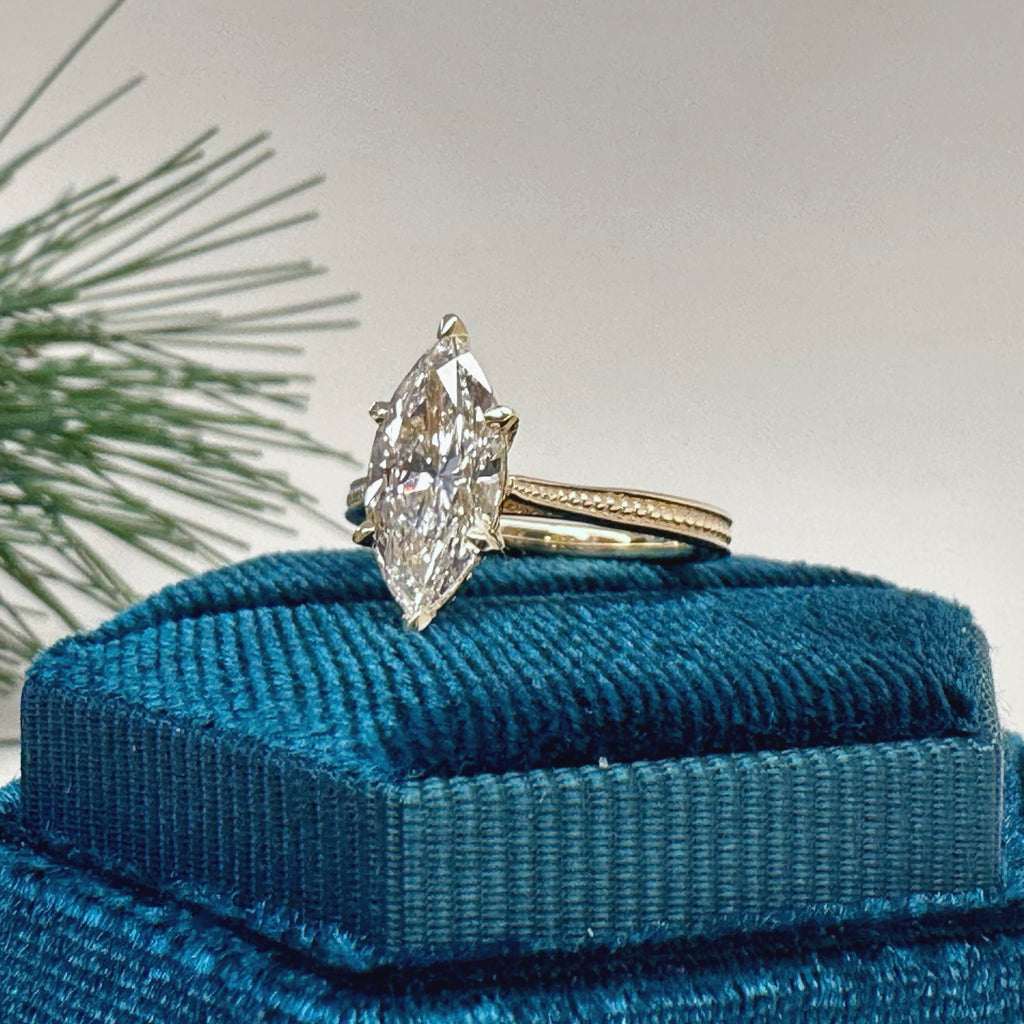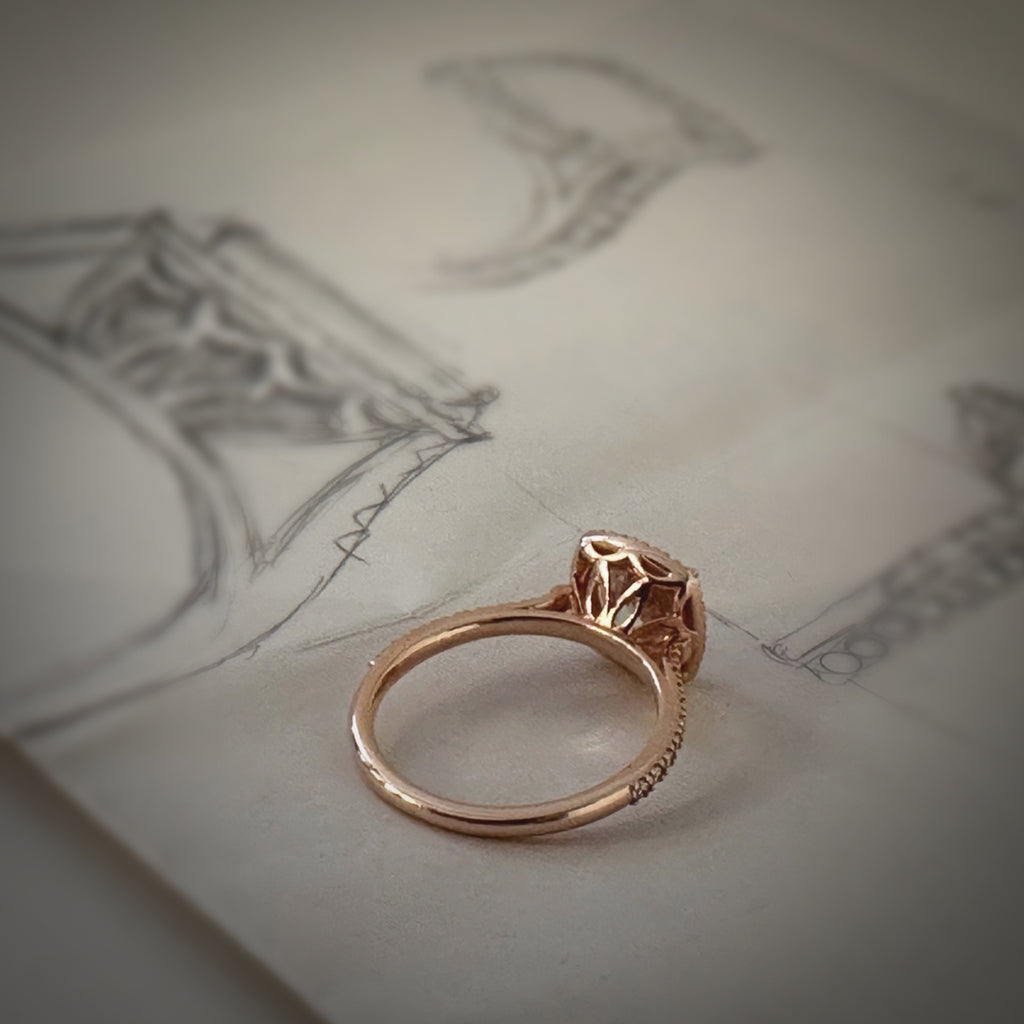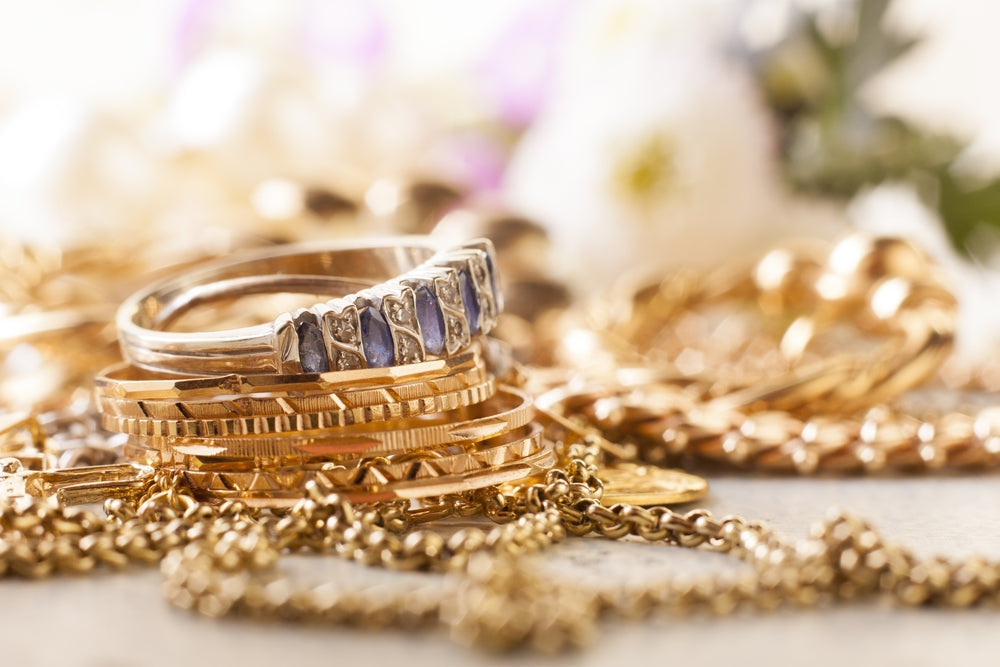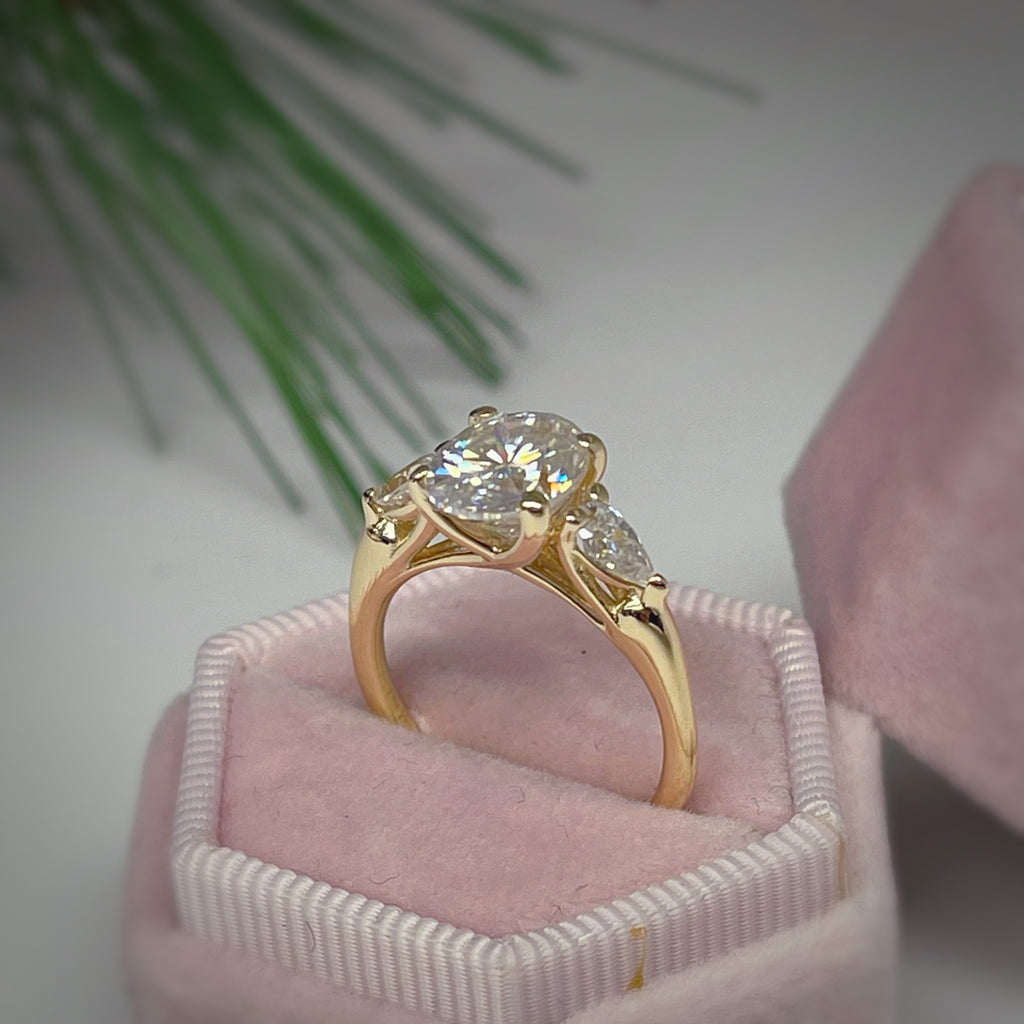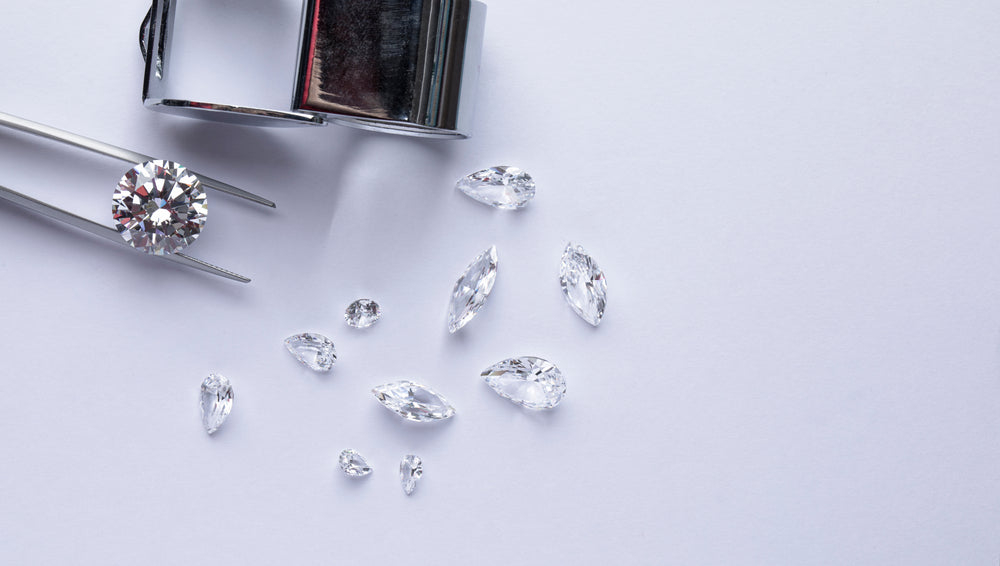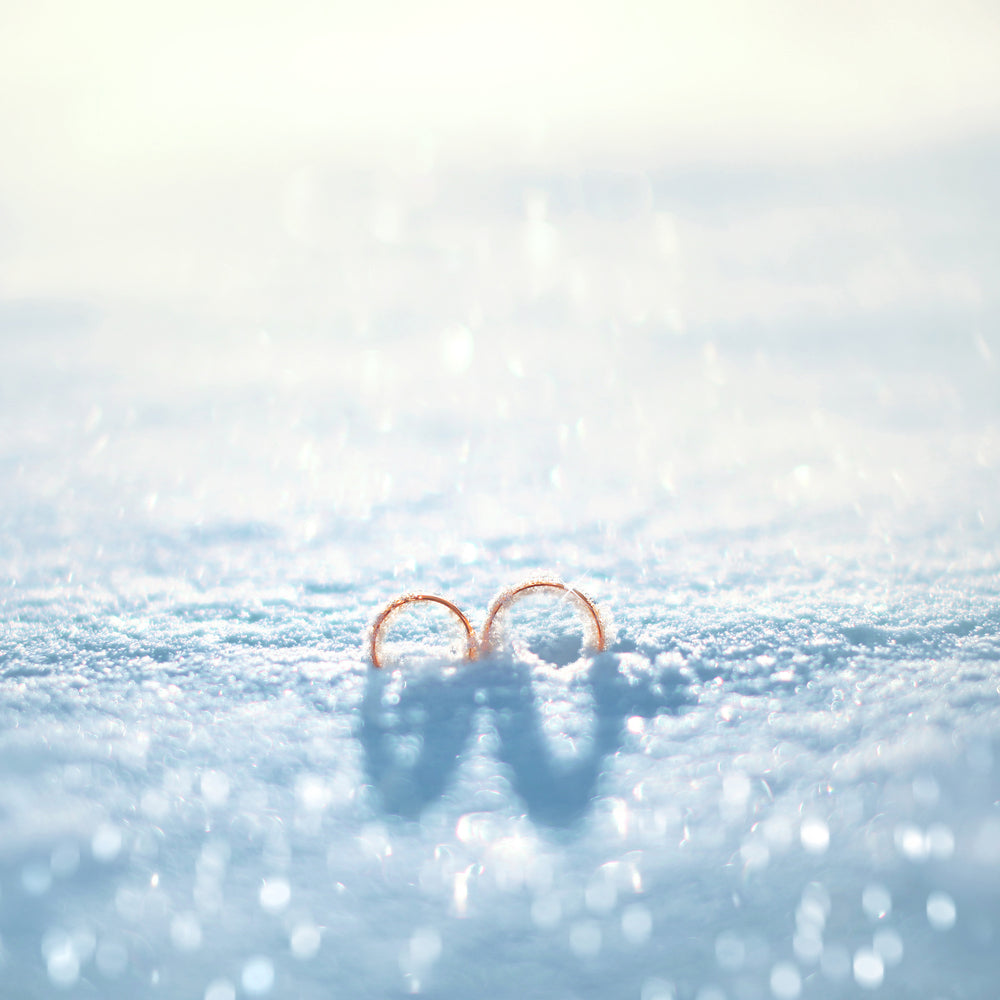Can You Resize a Ring?
Rings. They look like just a simple round metal forged to fit the finger, but there's much more to those cylindrical metal blocks than that. Rings are used in so many different ways; in fact, they have become part of our everyday lives. Rings are used as stylish accessories, a symbol of status and wealth, and, of course, to show the promise of eternal love. But as perfect and beautiful as rings are, sometimes they don't fit. So what do you do when your ring does not fit? Is resizing it an option without spoiling the quality? Read on to find out.
What Does Resizing Mean?
Ring resizing is precisely what it sounds like. It involves widening or narrowing the band of the ring. It's simply reducing the circumference of the band or increasing it, as the case may be. A ring could involve just a millimeter, like a fraction of an inch. Ring resizing can be done for rings of all materials: gold, silver, titanium, and other metals.
People have their rings resized for all kinds of reasons. Some newly engaged lovers don't know their partner's ring size, which is normal. For others, it may be due to weight loss or weight gain. People also resize their rings because they want to wear them on a different finger; the reasons are limitless.
How is Resizing Done?
Resizing is done either through the machine or by hand. The method may depend on the degree of changes needed to get a perfect fit. Most people prefer hand resizing because it usually provides a more precise fit. Hand resizing is, however, more expensive, and people who want a much cheaper option will prefer machine resizing. Machine resizing costs less but is usually less accurate than hand resizing. The accuracy, however, can also depend on the person doing the resizing.
How To Make A Ring Bigger
When a ring is too small, it's practically impossible to wear. Even if you do manage to fit it in your finger, it will make you feel really uncomfortable and may even block your blood flow. There are basically two ways to fix this and make the ring bigger. The first way is to add extra metal to the ring's band. A professional jeweler will add extra metal, usually the same metal material the ring is made of or a compatible alternative.
If adding extra metal is not a good option or there needs to be more material, the jeweler may also recommend stretching the ring. This is done by pulling apart the ring and then elongating it.
How To Make A Ring Smaller
There is usually one way to make a ring smaller than its original size: by cutting part of the ring's shank and then joining the cut ends together again, usually by soldering.
There could also technically be a way to make a ring more significant than the intended size fit without resizing it, especially if there is no time to resize it professionally. If that is the case and the ring is more significant than your ring size, you can make it smaller using ring overlays. Ring overlays can help make it tighter and prevent the ring from slipping.
Bostonian Jewelers Ring Resizing
Ring resizing, if done right, can give you the ring of your dreams, but when done wrong, it can make your wearing experience terrible and even cause a health hazard by constricting blood flow. That's why you need a professional jewelry service that can give you a ring that's just right. Bostonian Jewelers is a professional jewelry service with staff that are experts in resizing rings. If you need to resize your rings, Bostonian Jewelers is the service you should choose.
Continue reading
